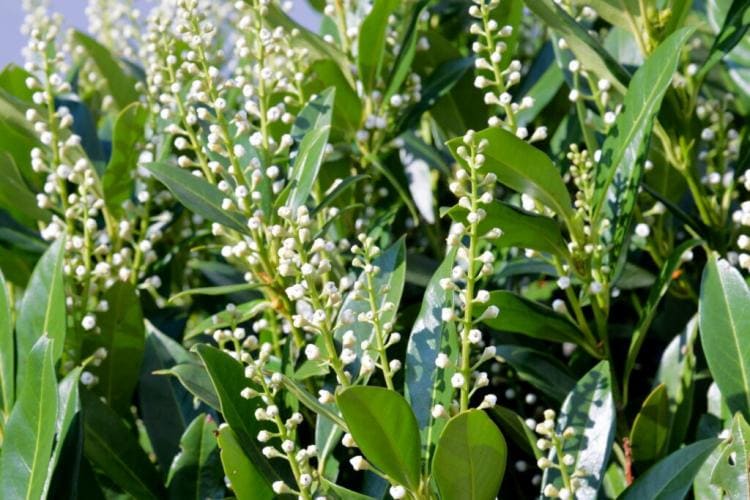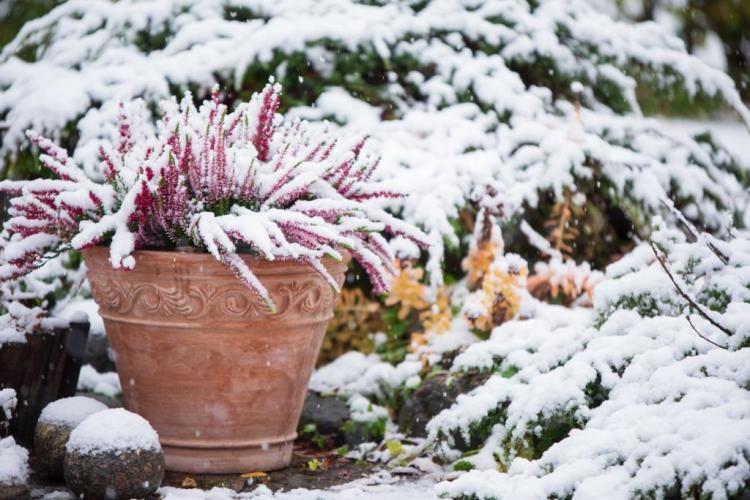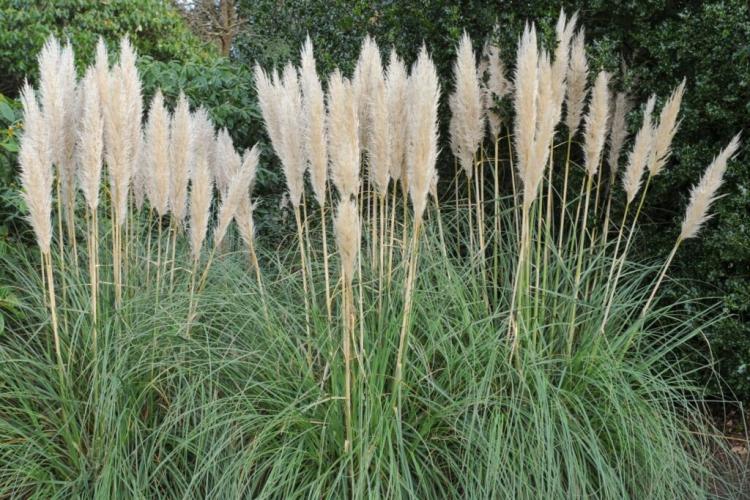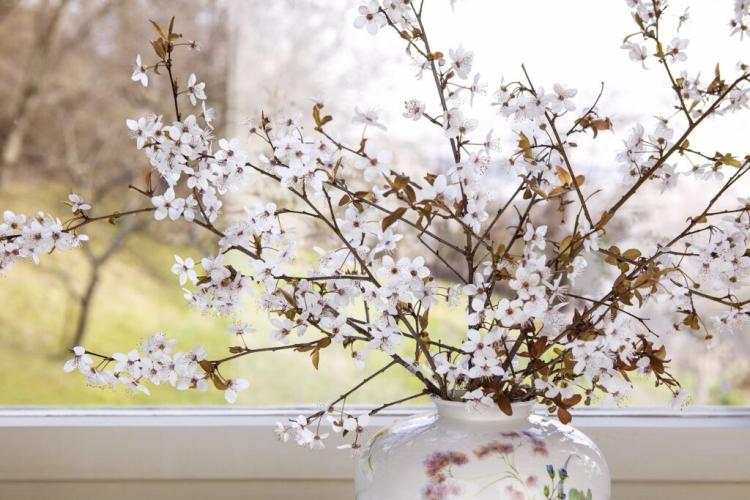Red Star Renette: Taste, Cultivation & Harvest
The ‘Rote Sternrenette’ used to be the classic Christmas apple because of its almost perfectly star-shaped peel points. The old variety is still very popular today because of its good taste and robustness.

The red star reed forms conspicuous lenticels on its shell [Photo: IZO / Shutterstock.com]
The ‘Red Star Renette’ used to be widespread and well known. They can still be found today in many fruit tree nurseries, not least because they can be grown in many different locations. Apart from its interesting appearance, from which it owes its name, the fruit of the ‘Red Star Renette’ trumps with good storage properties and a very pleasant taste.
Apple variety ‘Rote Sternrenette’: profile
Table of Contents
| Synonyms | ‘Calville Etoilée’, ‘Pomme de Coeur’, ‘Heart Apple’, ‘Red Autumn Strenette’, ‘Christmas Apple’ |
| fruit | small to medium in size; purple, scarlet or dark red opaque color |
| taste | moderately juicy, slightly aromatic, sweet and sour |
| Yield | low to good; can tend to alternation |
| Harvest time | Beginning of September to mid-October |
| Ripe for enjoyment | October to November |
| Shelf life | Well; storable until January |
| growth | strong |
| climate | high location tolerance |
| Diseases and pests | easily susceptible to speck and codling moth |
Origin and history of the apple variety
Not much is known about the origin of the ‘Red Star Renette’. Its origin is believed to be in Belgium, Luxembourg or the Netherlands. What is certain is that the variety is well over 200 years old, as it was first described in Maastricht in the Dutch city of Limburg in 1790. The different synonyms of the ‘Red Star Renette’ indicate that the variety also gained some popularity at least in France: ‘Calville Etoilée’ and ‘Pomme de Coeur’ are called the apple there. Other German names are for example ‘Herzapfel’, ‘Rote Herbstrenette’ and of course Christmas apple.
Red star renette: taste and characteristics
The fruit of the ‘Red Star Renette’ is small to medium-sized, round or flat-round with an even surface. The skin is shiny and smooth, hardly greasy and somewhat tough. The body color is washed out purple, scarlet or dark red. The star- or triangular-shaped cork stains (lenticels) on the bowl, which give it its name, are striking. The lenticels can partly merge into one another. The flesh of the ‘Rote Sternrenette’ variety is yellowish white and sometimes shows red vascular bundles and a red color directly under the skin. The meat is hardly sensitive to pressure, is medium firm and moderately juicy. It tastes sweet and sour and slightly aromatic, but slightly perfumed and overall very pleasant.
Special features when cultivating and maintaining the star reed
The advantages of the ‘Red Star Renette’ include the high resistance to many diseases and frost as well as the late, long and frost-proof flowering, which offers a lot of pollen for pollination and as food for insects. Something special is the great tolerance of the location: the tree of the ‘Red Star Renette’ prefers deep, well-moist soils and humid locations, but it still produces tasty fruits on calcareous or poor soils.
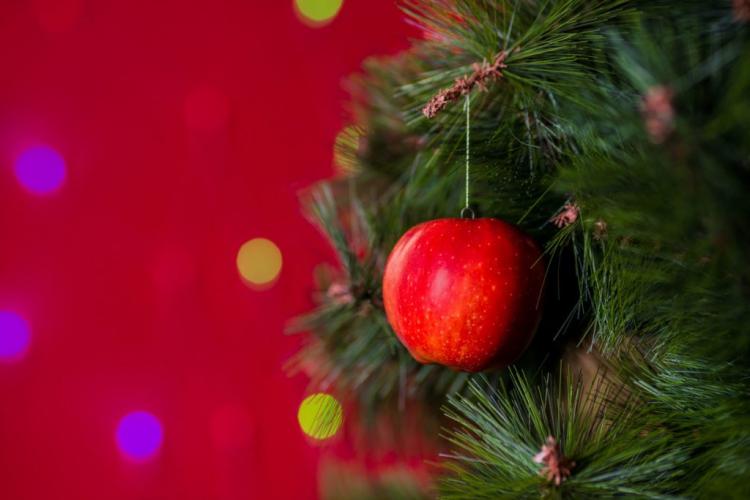
The ‘Rote Sternrenette’ is the classic Christmas apple: red, shiny and tasty [Photo: Tatyana Blinova / Shutterstock.com]
The disadvantage, however, is the strong vegetative growth, which can easily lead to fluctuating (alternating) yields due to frost, drought or other adversities. It is also very important for regular harvests that you prune the apple tree properly. Overall, the yields are low to good. The late flowering is also a problem in this regard: at this time insects are sometimes missing as pollinators, so that only a few fruits are formed.
Last but not least, the ‘Rote Sternrenette’ is easily susceptible to speck (relative calcium deficiency) and codling moth.
All in all, the ‘Rote Sternrenette’ is a good lover’s variety from which tasty, but few fruits can be expected. In small gardens, the vigorous cultivar ‘Rote Sternrenette’ can only be grown on small rootstocks such as the MM106. In orchards or in large orchards, it grows very well on seedling bases such as Bittenfeld.
Good pollinators are: ‘Ontario’, ‘James Grieve’, ‘Weißer Klarapfel’, ‘Baumanns Renette’, ‘Gloster’, ‘Graham’s Jubilee’ and ‘Landsberger Renette’.
Tip: Would you like to encourage insects in your garden in order to ensure the pollination of your apple tree? A simple option is to sow a flower meadow like the Plantura beneficial insect magnet in buckets, boxes or as a real meadow in your garden.
Red star ribbon: harvest and storage
Depending on the weather, the ‘Rote Sternrenette’ is ready to be picked between the beginning of September and mid-October. It is ready for consumption between October and November. Because the fruit is not windproof, it is possible that some are shaken off by autumn storms before harvest. However, the ‘Rote Sternrenette’ is so insensitive to pressure that the windfalls can often still be used – but not stored.
Apples picked early almost never rot in the warehouse. In good conditions – darkness, coolness and medium-high humidity – the ‘Rote Sternrenette’ makes a very good table apple until January and can of course be used as a polished Christmas apple at Christmas. From around February, however, the fruit becomes floury.
The ‘Rote Sternrenette’ is also suitable for making juice.
The ‘Zabergäu Renette’ can be stored better than the ‘Red Star Renette’ – the variety can be stored until March. In this article we introduce you to the ‘Zabergäu Renette’ and interesting facts about their cultivation and care.


